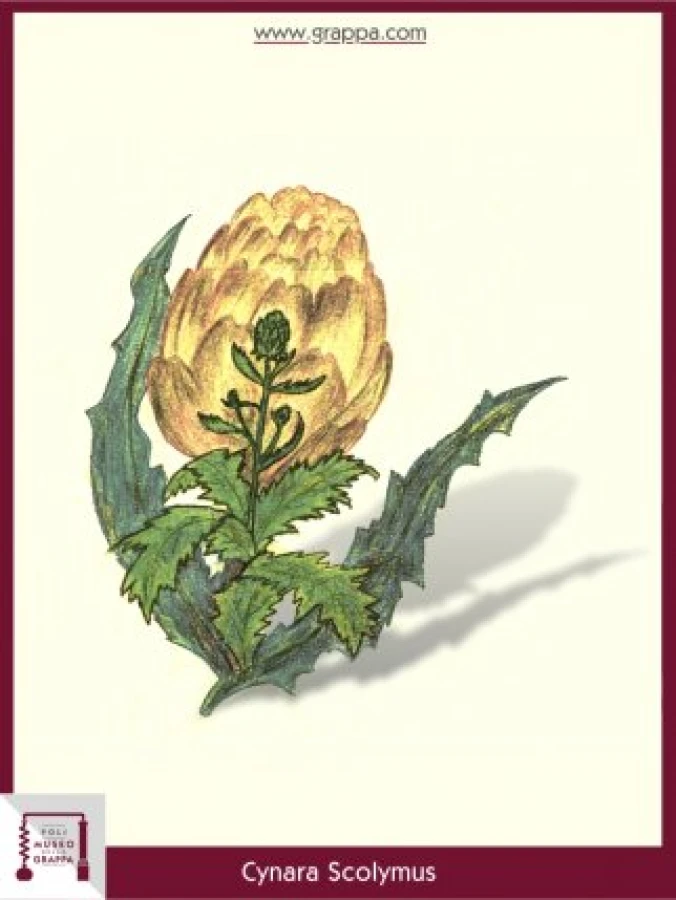A homemade "Cynar"
Globe Artichoke
A homemade "Cynar"
Plant:
Globe Artichoke
Plant Part:
leaf
Plant Properties:
digestive, antireumatiche, diuretic, stimulates gastric juice production, purifying, bitter, bittering, anti-gouty, cholesterol-lowering, antibacterial, liver, choleretic
Description:
The Arab plant Kershouff (Kharshuf) cultivated already in the fourth century BC is definitely the mother of our horticultural Artichoke which was spread throughout Europe thanks to the skill of the Italian gardeners of the fifteenth century.
The Artichoke still has no home because already the ancient Egyptians ate it and it was then cultivated at the times of Theophrastus, as he himself asserts in his „history of plants".
Columella (De re rustica), talking about the Artichoke as a plant dear to Bacchus because appreciated also by drinkers, established the custom to fertilize it with ash: hence the name of the Cynara species.
The Artichoke therefore is decidedly Mediterranean plant, grown widely in these regions and used worldwide as a vegetable, but not only.
By virtue of the contained substance, called cynarin, it is successfully used as a medicine. The therapeutic hepato-biliary action of the artichoke was in fact tried out, that is indicated in all cases in which it is necessary to stimulate the antitoxic functions of the liver.
The conviction that sees the artichoke liquor united in direct health effects to the liver, more or less influenced by the advertising, is therefore not unfounded. The artichoke Grappa can definitely be considered a great digestive.
Ingredients:
- ten artichoke leaves
- some orange zest
- 1 liter of Grappa
- 1 tablespoon brown sugar
Preparation:
It is prepared by macerating in a liter of grappa ten artichoke leaves and some orange peel, which will last from 30 to 40 days. After the filtration of Grappa it is matured for about another month.
Adding a tablespoon of brown sugar enhances the bitter liqueur that both color and flavor of course will remember the Artichoke.


